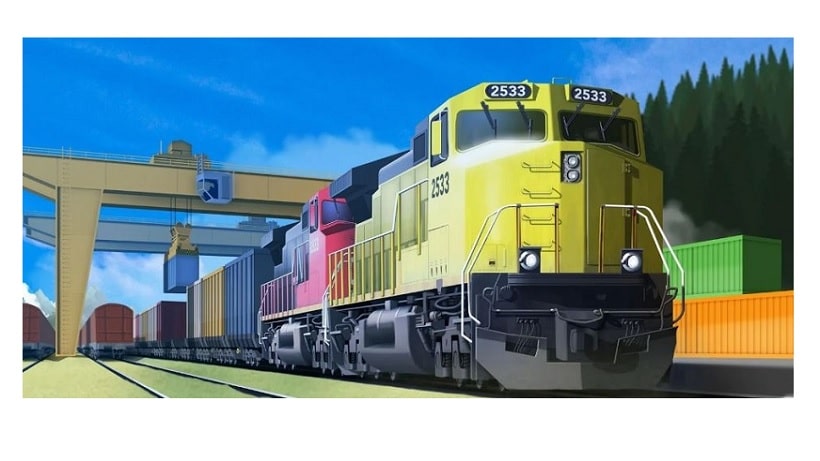
“There are very few areas with larger unmet clinical needs than the neurosciences. In addition to the grant itself, winning teams are paired with mentors from the Neuroscience:Translate oversight committee, who can provide strategic advice and connections to help bring researchers’ discoveries and technologies to the clinic. Wu Tsai Neuro and the Stanford Byers Center for Biodesign have awarded Neuroscience:Translate grants annually since 2019. “All too often, discoveries with real promise for advancing human health languish for years in research labs, because it takes a lot of resources and specific kinds of expertise to develop them to the point where they can get into the hands clinicians and patients."

“The program’s goal is to enable Stanford neuroscientists - both clinicians treating patients and researchers developing novel medical technologies - to bring their valuable discoveries to patients, most often through new startup companies or via licensing agreements with existing companies,” said Gordon Saul, the executive director of Stanford Byers Center for Biodesign.

These year-long awards of up to $100,000 aim to accelerate transformation of the scientific discoveries and technological innovations occurring every day in Stanford laboratories into life-changing medical devices, procedures, medications, digital health platforms, and other applications. The Neuroscience:Translate grant program supports teams of researchers collaborating across disciplinary boundaries in the neurosciences to develop practical solutions to address unmet clinical needs. All rights reserved.The Wu Tsai Neurosciences Institute and Stanford Byers Center for Biodesign are pleased to announce their fourth round of Neuroscience:Translate awards. Specifically, we suggest that a better understanding of human host stroke tissue-hydrogel interactions in addition to the effects of scaling up hydrogel volume to human-sized cavities would help guide translation of these second-generation regenerative stroke therapies.īiomaterial technology brain repair hydrogel matrix scaffold stroke tissue engineering.Ĭopyright © 2021 Elsevier Ltd. This review recommends a path forward to improve hydrogel technology for future clinical translation for stroke. However, no clinical trials have yet been successfully commissioned for these 'second-generation' hydrogel-based therapies for chronic ischaemic stroke regeneration. Hydrogels can remodel the hostile stroke microenvironment to aid endogenous and exogenous regenerative repair processes. Electronic address: is an unmet clinical need with a paucity of treatments, at least in part because chronic stroke pathologies are prohibitive to 'first-generation' stem cell-based therapies.

3 Strathclyde Institute of Pharmacy and Biomedical Sciences, University of Strathclyde, Glasgow G4 0RE, UK.2 King Fahd Medical Research Center, King Abdulaziz University, Jeddah 21589, Saudi Arabia Department of Medical Laboratory Technology, Faculty of Applied Medical Sciences, King Abdulaziz University, Jeddah 21589, Saudi Arabia.1 King Fahd Medical Research Center, King Abdulaziz University, Jeddah 21589, Saudi Arabia Strathclyde Institute of Pharmacy and Biomedical Sciences, University of Strathclyde, Glasgow G4 0RE, UK.


 0 kommentar(er)
0 kommentar(er)
